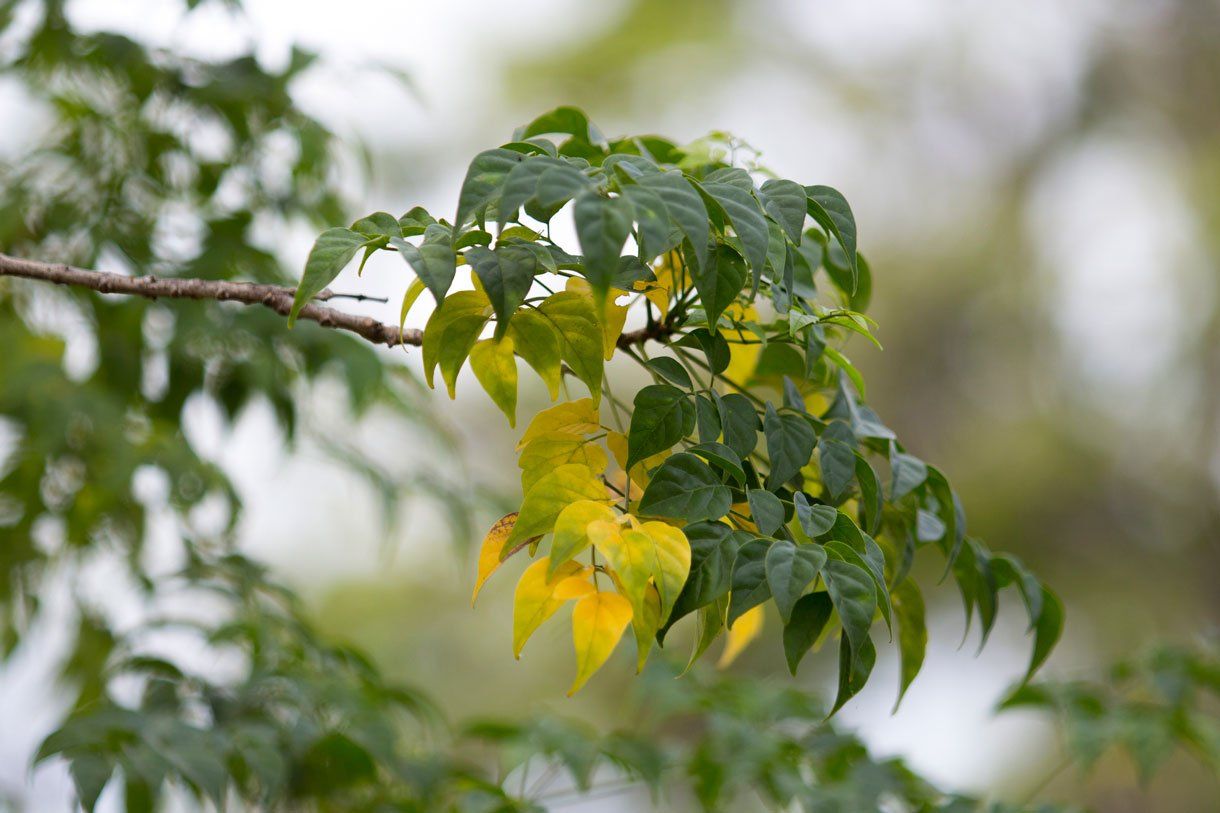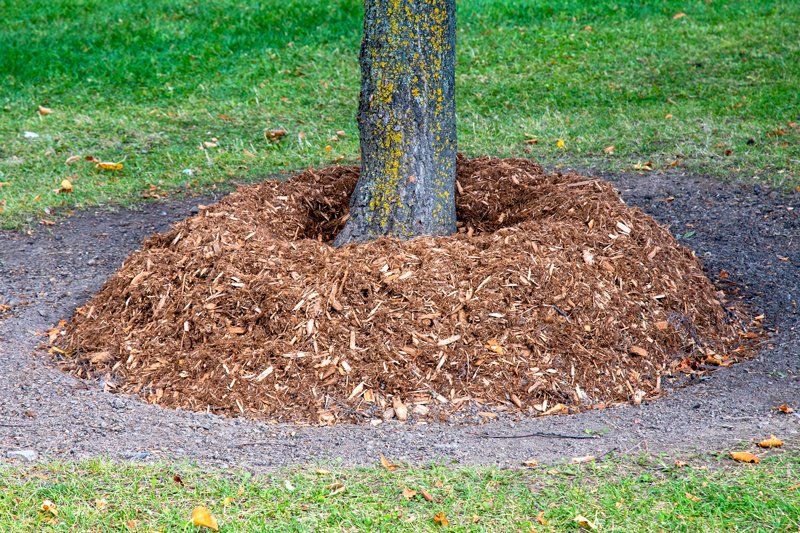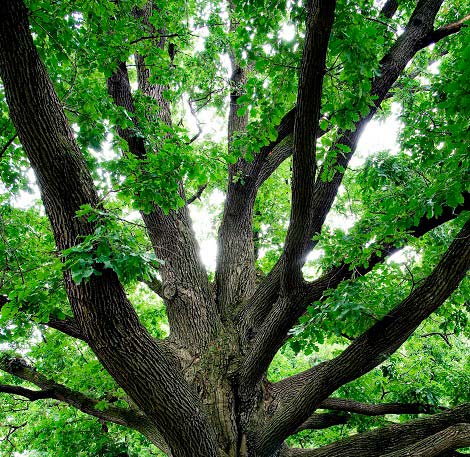4 Reasons for Leaves Yellowing Out of Season
Yellow leaves in the fall can be a beautiful sight. However, if your tree's leaves turn colors at a different time of year, you may wonder what's wrong, and you'd be right to do so. Whether the leaves have mottled yellow, brown, and black spots or whether they just look bright yellow like fall came early, it's typically not a good sign.
Anytime your tree's leaves start to turn yellow, you should identify the cause quickly. In some cases, the tree may need treatment to save its life, or to save the lives of other nearby trees. Here are some of the potential problems that could cause yellowing of some or all of your tree's leaves out of season.
1. Water Stress
When stressed by either too little water or too much water, a tree can struggle and may show that struggle through its leaves. For instance, a tree may start to drop some of its leaves (which may turn yellow or brown first) as a classic sign of drought stress.
However, too much water could also cause yellowing leaves in some cases. Overwatered foliage may also be extra-light in color or more brittle than usual. Foliage that's suffering from a lack of water, on the other hand, may start to turn brown and crispy around the edges as well as turning yellow. Ask your tree expert if your watering practices may need adjusting.
2. Fungal Diseases Such as Verticillium Wilt or Oak Wilt
Several fungal diseases can affect landscape trees, but it depends on the type of tree you have. For instance, an oak tree could be susceptible to oak wilt, which is a fungal condition that can turn leaves yellow and could even kill the tree by affecting its root system.
Verticillium wilt is a broader-ranging fungal condition that can affect a wide variety of both landscape trees and other plants and cause a variety of discolorations, including yellowing. Some trees are more resistant than others. A few landscape trees that are highly susceptible include:
- Maple
- Cherry
- Plum
- Catalpa
If you have a serious problem with verticillium wilt in your area, you may consider planting only more resistant landscape trees in the future.
These aren't the only two fungal conditions that can cause yellowing, though. For example, leaf blister can cause discoloration and lesions and a severe case can cause more generalized yellowing of foliage.
3. Pests Such as Spider Mites
Tiny pests are yet another reason your tree's leaves could be turning yellow out of season. One small, easy-to-miss pest is the spider mite. These mites are so tiny that you can only see them from close up, and even then they look like tiny dots or specks.
Typically, only an extreme infestation will cause your tree's leaves to turn yellow, die, then drop off. However, a moderate infestation can easily burgeon out of control, since the mites can rapidly multiply throughout the year. If you suspect spider mites, you'll want to have an expert diagnosis and treatment to get rid of the problem for good.
4. Deficiencies Such as Iron Chlorosis
If your oak tree is trying to grow in soil that doesn't provide enough usable iron, the tree will have a hard time photosynthesizing correctly. This mineral deficiency can eventually cause the tree's leaves to turn yellow. Because photosynthesizing is a vital source of energy for the tree, chlorosis can kill it over time if untreated.
Tree leaf yellowing can originate from a variety of sources. If you're unsure which of these problems your tree is experiencing, be sure to call in a certified arborist for the most reliable diagnosis.
McClain's Tree Experts can offer both general tree trimming services and specialized offerings such as trimming oak trees in such a way as to avoid oak wilt. For more information on the expert services we provide, get in touch today.





